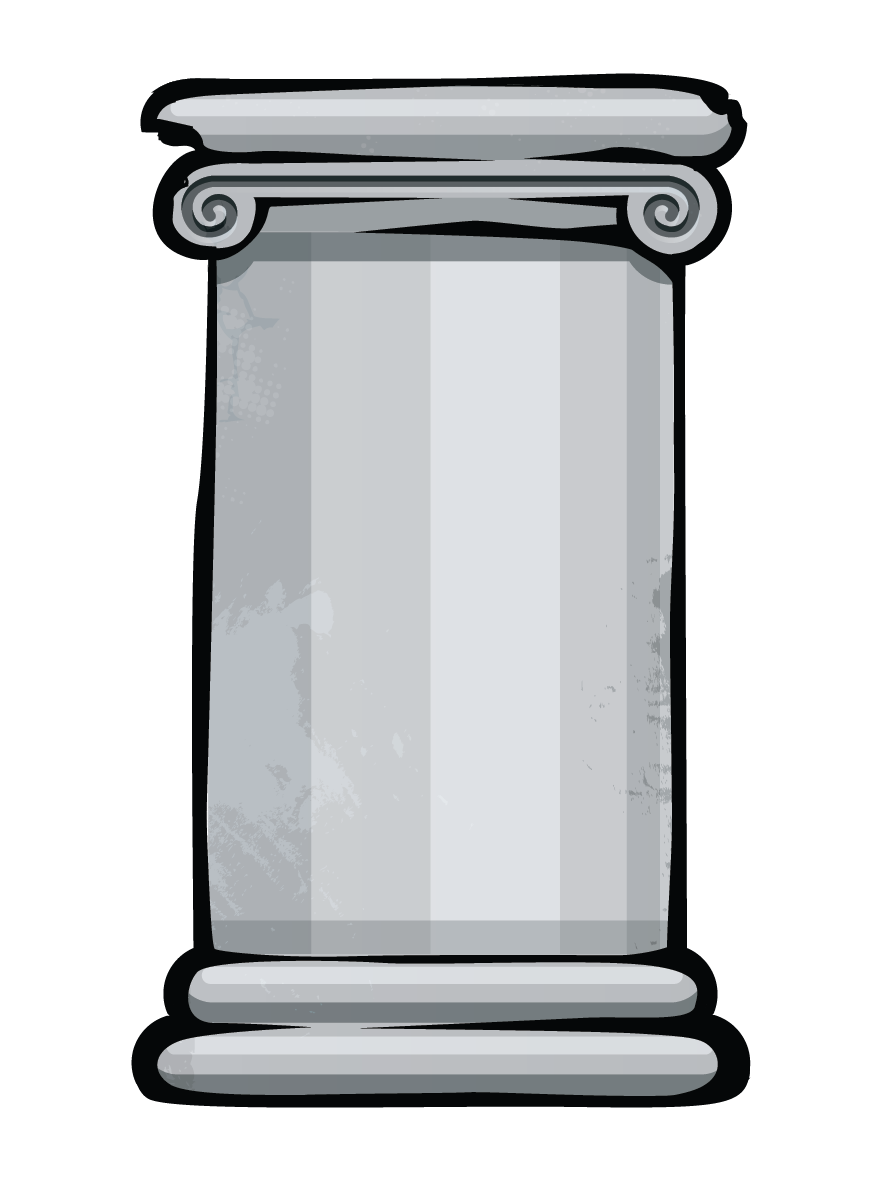RETURN ON
INVESTMENT






RETURN ON
INVESTMENT
The return on a third pillar savings plan
The following guidelines can help everyone achieve a successful savings plan:
See the example at the bottom of this page to understand why compound interest is so important.
Use the calculator to calculate:
| The total amount you will invest over the life of the plan: | 0 |
|---|---|
| The estimated capital available at the end of the plan: | 0 |
| The estimated taxes due at the end of the plan: | 0 |
| The estimated tax saving over the life of the plan: | 0 |
| The estimated CHF return on your investment (incl. tax benefits): | 0 |
| The estimated % return on your investment (incl. tax benefits): | 0 |
* Your taxable income is your gross salary less your social charges and other authorized tax deductions
How does compound interest work?
Let’s use the example of the third pillar savings plan used on this site:
The moral of the story is that the earlier you start funding your savings plan, the more money there will be on it, and the more your money will work for you.
In 2020 the classic pillar 3 bank account generates an interest rate which does not even compensate inflation (between .10 and .35%!!!). The law allows you to transfer the capital on one of these accounts to a pillar 3 account that generates a better return. Do not hesitate to contact us for advice.
The third pillar is more complex and important than many people think. Our choice of a plan should take into consideration our first and second pillar benefits. How should the risk be managed? How should tax benefits be optimized? Should I combine a pillar 3A and 3B plan or just subscribe to one of the two? What are the advantages and disadvantages of choosing a pillar 3 plan with a bank versus a pillar 3 plan with an insurance company? How is my money protected if the bank or insurance company goes bankrupt? To help you answer these questions and optimize your personal situation, our specialists are at your disposal.
* The assessment is free and gives you an overview of your first, second and third pillar benefits in the event of retirement and loss of income in the event of illness or accident. It also gives you the amounts that are available if you wish to become a homeowner, start your own business or if you are going to leave Switzerland.